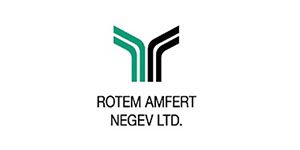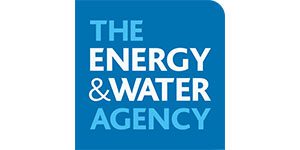Abstract
An in situ bioremediation experiment of a deep vadose zone ( ∼ 40 m) contaminated with a high concentration of perchlorate (> 25 000 mg L−1) was conducted through a full-scale field operation. Favourable environmental conditions for microbiological reduction of perchlorate were sought by infiltrating an electron donor-enriched water solution using drip irrigation underlying an airtight sealing liner. A vadose zone monitoring system (VMS) was used for real-time tracking of the percolation process, the penetration depth of dissolved organic carbon (DOC), and the variation in perchlorate concentration across the entire soil depth. The experimental conditions for each infiltration event were adjusted according to insight gained from data obtained by the VMS in previous stages. Continuous monitoring of the vadose zone indicated that in the top 13 m of the cross section, perchlorate concentration is dramatically reduced from thousands of milligrams per litre to near-detection limits with a concurrent increase in chloride concentration. Nevertheless, in the deeper parts of the vadose zone (< 17 m), perchlorate concentration increased, suggesting its mobilization down through the cross section. Breakthrough of DOC and bromide at different depths across the unsaturated zone showed limited migration capacity of biologically consumable carbon and energy sources due to their enhanced biodegradation in the upper soil layers. Nevertheless, the increased DOC concentration with concurrent reduction in perchlorate and increase in the chloride-to-perchlorate ratio in the top 13 m indicate partial degradation of perchlorate in this zone. There was no evidence of improved degradation conditions in the deeper parts where the initial concentrations of perchlorate were significantly higher.

































